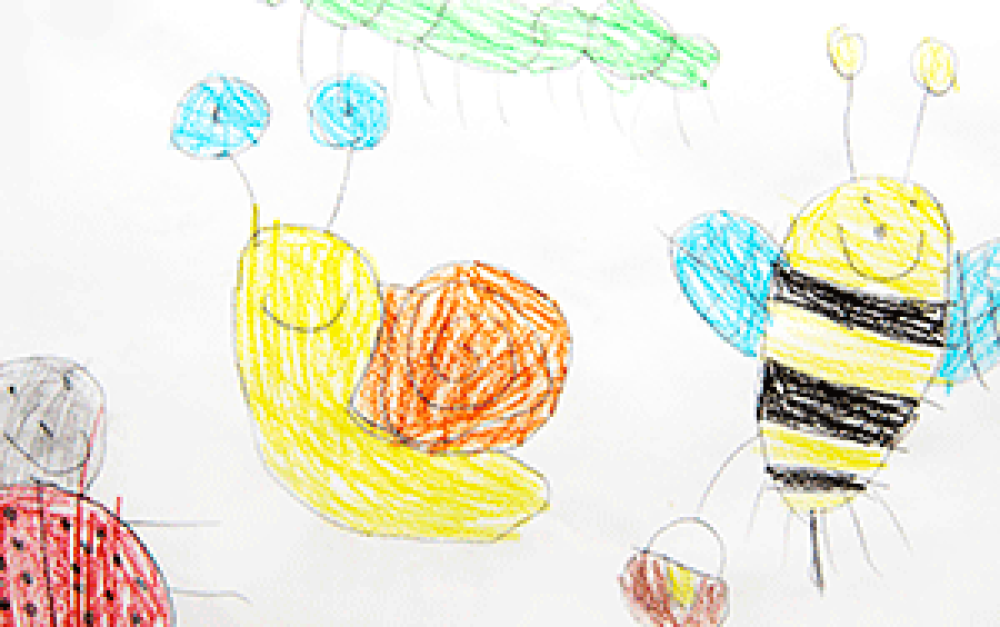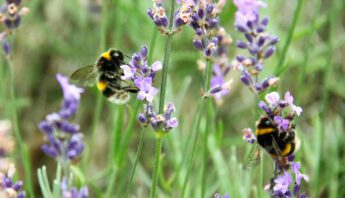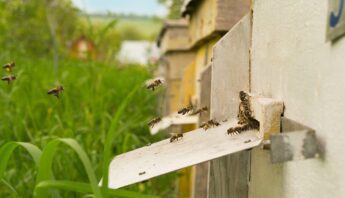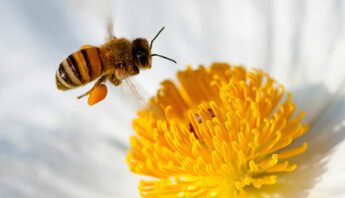Like many, I was lucky enough to spend the holidays surrounded by family and food. So I was especially unnerved by new evidence, released just before the holidays, that bee-harming pesticides have been linked to impaired brain development and function in children.
The science showing that neonicotinoid pesticides (or neonics) harm bees is clear. New evidence highlighting impacts on children's health is also disturbing, especially as a father. And while other countries are stepping up to protect bees and kids from neonics, policymakers here in the U.S. are still seemingly stuck. My New Year’s resolution: This year we keep high heat on EPA and insist regulators take meaningful action on pesticides that harm bees and kids.
In mid-December, the European Food Safety Agency (EFSA), the equivalent of the U.S. EPA, released new rules to restrict the amount of two neonicotinoid pesticides that could be ingested by children. The intended impact would be reduced damage to children's nervous systems. This action closely follows the beginning of a two-year moratorium on neonic use in Europe to protect bees.
For the benefit of our food and farming system, as well as our health, EPA should move quickly — even if pesticide corporations protest.
The new year is only a few days old and we’ve already heard from the pesticide industry that bees are among the “top tier concerns in 2014.” Pushing back against building momentum, industry is on the defense. In Europe, neonic-makers Bayer and Syngenta are suing governments there to overturn the laws, while our partners at PAN UK and PAN Europe are joining efforts to defend bees.
For our part, PAN North America — along with small business, family farming and faith groups — recently ran full-page ads in several U.S. newspapers calling on EPA to follow Europe’s lead. And we’re continuing to ratchet up pressure on the agency to restrict the use of neonics and other bee-harming pesticides, given that the weight of the science grows even stronger.
Fix it, already
As we work to seek protections for bees, we also need to reflect on how bee-harming pesticides got approved in the first place. The approval of these neonicotinoids is a reminder that the pesticide approval system in the U.S. is broken.
As NRDC’s Senior Scientist Jen Sass notes, EPA not only approved Bayer’s neonic imidacloprid after the company submitted a flawed study, but also made it acceptable for infants and children to be exposed to more of the pesticide.
The new proposed rules from the EFSA also call for a mandatory submission of studies related to developmental neurotoxicity “as part of the authorization process in the E.U.” The U.S. has few safeguards in place to protect bees or children, and those that do exist are too often insufficient.
Lex Horan, a PAN organizer in the Midwest summed it up for Salon:
"EFSA’s concern over the neurotoxicity of neonics is a reminder that there’s a great deal we don’t know about these systemic chemicals. They were hurried through EPA’s regulatory process with ‘conditional registrations,’ and scientific research continues to reveal more about their harmful effects — on pollinators and beyond. These important, common-sense moves in Europe should prompt EPA to do more to protect bees and kids from pesticides."
It's time for immediate protections from neonics, the most widely used insecticides in the world. And it's time to fix the system that let these chemicals onto the market without proper review of their acute and long-term effects.
Spending the holidays with my family, including my infant son, I can’t help but be thankful. Thankful for the bees that helped pollinate many of the foods we enjoyed eating and thankful that my family largely remains in good health. But EPA's inaction puts both bees' health and my son's health in jeopardy by failing to create necessary protections and overhaul its broken regulatory system.
Let’s make progress towards both in 2014. Please join me!
Photo credit: iStock/ginamiel








